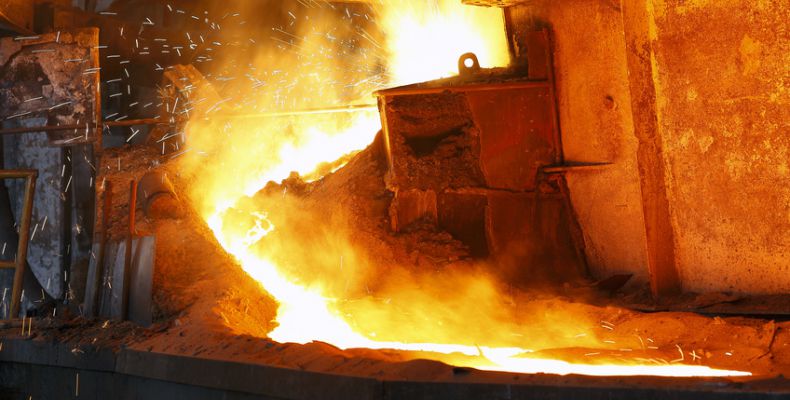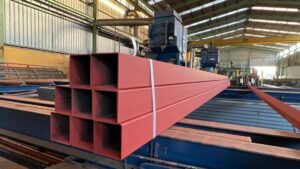EU apparent steel consumption (ASC) is forecast to see a deeper-than-expected drop of 4.6% on-year for 2022, compared to the previous 3.5% fall projection. Consumption in 2023 is expected to decline a further 1.6%, says European steelmakers’ association Eurofer.
Despite the general resilience of the EU economy, in the third quarter of 2022 apparent steel consumption reached its lowest level since the Covid pandemic, down 11% on-year to 32.2 million tonnes.
“We are witnessing what we have been warning against in the past months: energy crises, inflation, supply chain issues, unparalleled decarbonisation costs combined with massive cheap imports from third countries, are a toxic cocktail for industry. The health of the steel sector is the litmus test for the whole EU industry, given the numerous value chains with steel at their core,” Eurofer director general Axel Eggert says in a note sent to Kallanish.
In parallel with sluggish demand, domestic deliveries collapsed as well in Q3, by 10.5%, for the third consecutive quarter. Imports recorded a sharp decrease of 17.2%, reverting for the first time the expansionary trend which had been uninterrupted since 2021.
The stronger-than-expected resilience of steel-using sectors has allowed for the continuation of their steady growth trend, which started after the pandemic, with Q3 seeing 4% growth. The good performance of the construction, mechanical engineering and transport sectors – especially automotive, experiencing a marked rebound of 20.7% – offset a 0.3% contraction in domestic appliances.
On the other hand, the rapid deterioration of the global industrial and economic outlook coupled with the long-lasting effects of the rise in energy costs is expected to yield a drop in output over Q4. However, 2022 should still see a general output expansion of 2.1%.
As a result of a likely continuation of these downside factors into the first two quarters of 2023, EU steel-using sectors’ output is expected to contract 0.6% this year.
Adam Smith Poland






